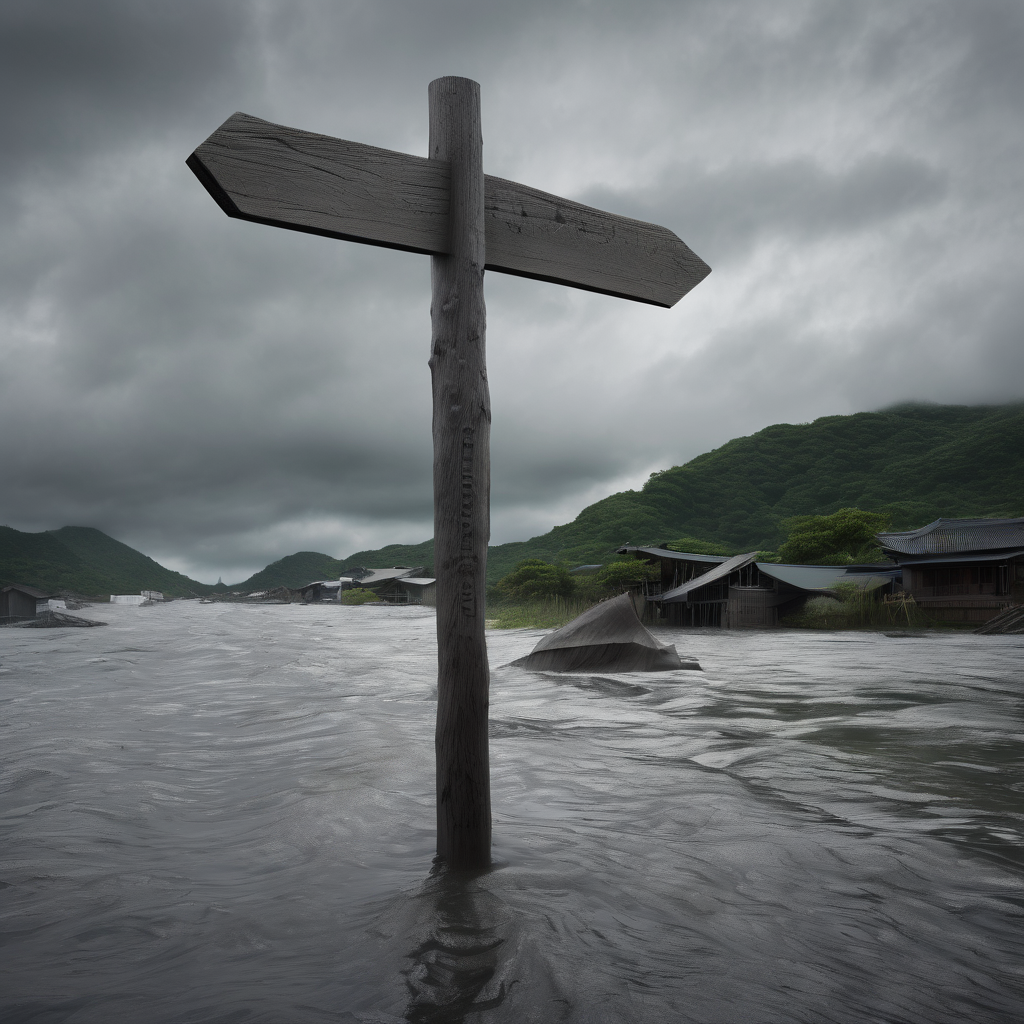In the scenic town of Guangfu in eastern Taiwan’s Hualien, tragedy unfolded as a lake overflowed due to Typhoon Ragasa, leading to 17 confirmed fatalities. The disaster was aggravated by a landslide-triggered barrier lake rupture. Swiftly rising waters ravaged the area, leaving behind significant devastation.
Despite Taiwan’s well-regarded disaster response protocols, which are designed to minimize injuries during frequent typhoons, questions have arisen regarding the effectiveness and timeliness of evacuation alerts. Many residents felt unprepared for the sudden inundation, expressing concerns about insufficient early warnings. In light of this, Premier Cho Jung-tai has called for an investigation to identify any lapses in communication and emergency procedures.
Rescue missions remain active, with the priority being to find those still missing. Initial figures of the unaccounted dropped from 152 to 17, as many individuals have been located safe. The flood’s impact was acutely felt in Guangfu, where it obliterated key infrastructure, including a significant bridge.
This catastrophe mirrors similar global weather-related calamities. Comparable events in Beijing, Texas, and Australia have underscored the urgent need to bolster disaster management and climate resilience. These tragedies reveal shared challenges: the unpredictability of natural disasters coupled with gaps in emergency planning, emphasizing a worldwide imperative to improve infrastructure and alert systems.
Yet, amidst the hardships, the enduring spirit of the Taiwanese community shines through. Disasters like this often unify communities, fostering solidarity and resilience even amid heartbreak. The strength demonstrated by these communities is crucial not only for immediate recovery but also for long-term reconstruction.
Looking ahead, it’s vital to draw lessons from such occurrences to refine preparedness and safety protocols. With collective commitment and comprehensive planning, there is potential to build a more resilient future capable of withstanding the increasing threat of natural disasters intensified by climate change.
